Smart cities - infrastructure for sustainable development
Asia- Pacific is shaping the global urban future with rapid urbanization and technology application. Vietnam has joined the race, but the progress is slow. By the end of 2024, many localities will begin to complete smart city initiatives, in which a series of operation centers will be put into operation to support areas such as transportation, healthcare, and digital education.
Some pioneering localities such as Da Nang have deployed water management and smart traffic; Hanoi and Ho Chi Minh City have developed digital citizen cards, online services and open data platforms for urban management.
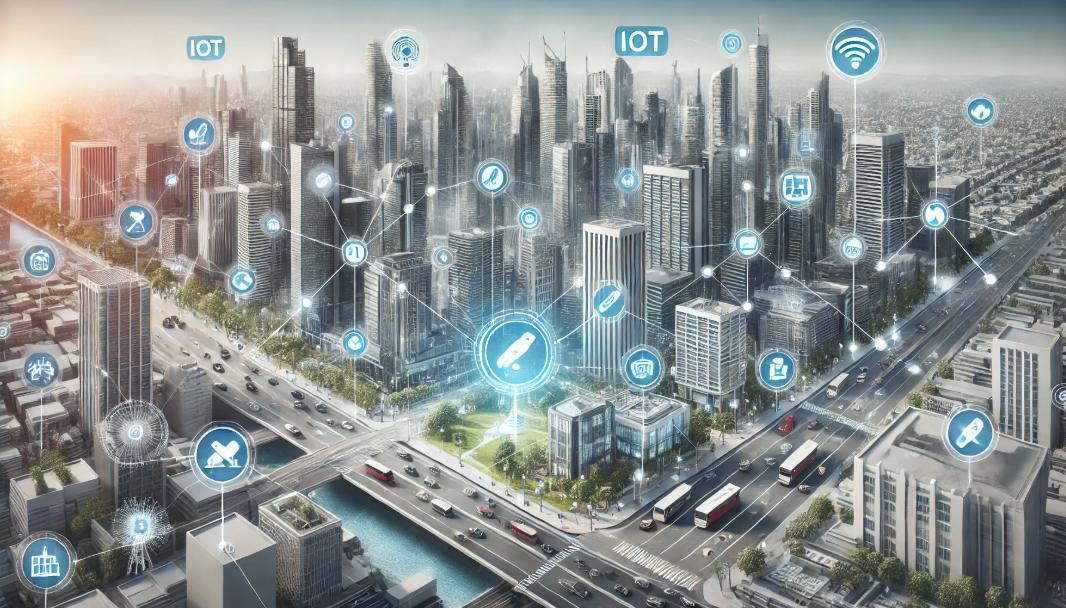
However, according to the IMD Smart City Index and Cities in Motion Index (international rankings of smartness and urban development capacity) in 2025, Ho Chi Minh City ranked only 101/146, Hanoi at 88, with low scores in planning, environment and governance. This reflects the mismatch between “hot” urbanization and management capacity, as well as limitations in institutions, human resources and policy consistency.
Professor Nguyen Quang Trung, co-leader of the Asia-Pacific Smart and Sustainable Cities Research Centre, RMIT University Vietnam, emphasized: “The biggest risk is chasing technology while forgetting social values such as privacy, fairness and cohesion. Cities must be human-centered, technology is just a tool to serve the community.”
From the experiences of Singapore, Seoul or Tokyo, it can be seen that the success of smart cities lies not only in the application of technology but also in integrated planning, the development of modern public transport, green housing and humane living space. This is the direction for Vietnam to form compact cities, connecting infrastructure, environment and people.
According to urban planning experts, to realize the 2050 goal, Vietnam needs a long-term strategy that goes beyond the election cycle, based on a clear roadmap: Diagnosing the situation, developing a strategy, planning, implementing and monitoring. A central coordinating body with the participation of the state, businesses and academia will ensure consistency, with six identified pillars including transportation, living, environment, people, government and smart economy.
Vietnam also needs to prioritize resources for climate-resilient infrastructure, open data, green housing, and standardize data to increase transparency and governance efficiency. Streamlining the administrative apparatus while promoting smart management will create space for localities to experiment, share data, and coordinate across regions. This will be the foundation for Vietnamese cities to be not only “smart” in terms of technology but also “sustainable” in terms of society and environment.
Startups - endogenous driving force for Vietnam to break through
Along with smart cities, startups are emerging as the second strategic pillar to turn Vietnam into a creative and self-reliant economy. Currently, the country has more than 4,000 innovative startups, of which MoMo and Sky Mavis have reached the level of technology unicorns.
According to Dr. Nguyen Thi Minh Thu, RMIT University Vietnam, the entrepreneurial spirit not only promotes the economy but also creates opportunities for young people to create the future and solve social challenges with their own initiatives.

Dr. Nguyen Thi Minh Thu also believes that startups clearly reflect Vietnam’s demographic advantages. For example, a student in Lao Cai can completely apply artificial intelligence to support small traders in managing sales, while a young mother in Can Tho can open an e-commerce platform connecting local artisans with global customers. Scenarios that were once considered science fiction are now becoming feasible, if the country creates an environment that encourages innovation.
Sharing the same view, Mr. Tim Evans, General Director of HSBC Vietnam, also commented that Vietnam is emerging as a startup hub, almost catching up with Indonesia and Singapore, thanks to the advantage of a young, tech-savvy population and high Internet and smartphone usage rates, along with strong support from the Government.
However, the domestic startup ecosystem still has many weaknesses. Dr. Justin Xavier, RMIT Vietnam pointed out: “Startups are facing a shortage of qualified talent and a lack of projects that can scale. Vietnam needs to invest more in education and policies to attract investors and founders.”
In the long term, startups will be closely linked to the transition to a knowledge economy. Potential areas include e-commerce, artificial intelligence, fintech, education technology, healthcare and digital agriculture. The commitment to net zero emissions by 2050 also opens up new directions for businesses, as sustainable business models become the norm.
According to Resolution 68 of the Politburo, the private sector will contribute more than 60% of GDP by 2045. If by 2050, domestic private corporations are able to compete on par with regional enterprises, lead key infrastructure projects and deeply integrate into the global supply chain, Vietnam will emerge as a true startup powerhouse.
To achieve that vision, experts say Vietnam needs to strengthen intellectual property laws, expand access to seed capital, build incubators and mentoring networks, and bring the entrepreneurial spirit into schools. RMIT’s SPARK Hub initiative, launched in 2024, is becoming a fulcrum for students, alumni and the community to turn ideas into reality. This is a model that needs to be replicated to spread the startup ecosystem more strongly.
The entrepreneurial spirit not only creates economic value but is also a “soft power” that elevates Vietnam. “The biggest strength is the combination of a young, tech-savvy population and a fast-growing ecosystem. This is the energy that makes Vietnam a rising star on the global startup map,” Dr. Xavier commented.
Source: https://baotintuc.vn/khoa-hoc-cong-nghe/viet-nam-huong-toi-nam-2050-la-quoc-gia-khoi-nghiep-va-do-thi-thong-minh-20250922153502794.htm



![[Photo] Prime Minister Pham Minh Chinh chairs the 16th meeting of the National Steering Committee on combating illegal fishing.](https://vphoto.vietnam.vn/thumb/1200x675/vietnam/resource/IMAGE/2025/10/07/1759848378556_dsc-9253-jpg.webp)










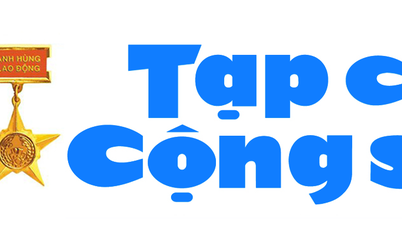



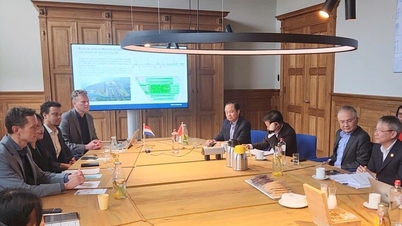












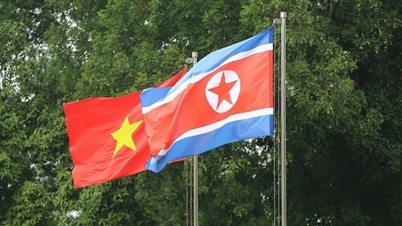





![[Photo] Super harvest moon shines brightly on Mid-Autumn Festival night around the world](https://vphoto.vietnam.vn/thumb/1200x675/vietnam/resource/IMAGE/2025/10/07/1759816565798_1759814567021-jpg.webp)




















































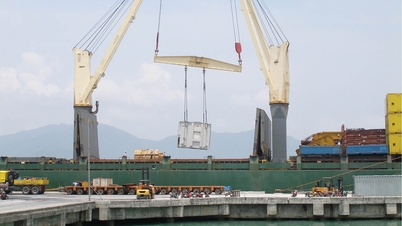
















Comment (0)